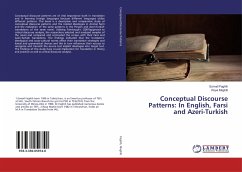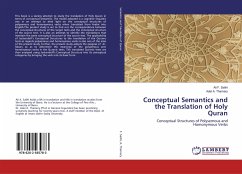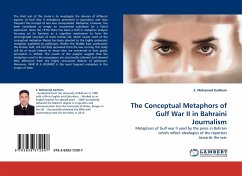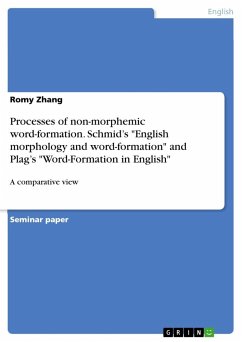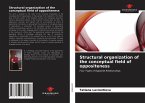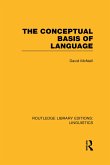In the book, the theoretical assumptions, proposed by the cognitive model of conceptual blending, have been applied to the practical study of irony in Lithuanian and American news website headlines, proving that the theory of blending is able to account for the mechanism of irony processing, and does not conflict with the majority of the other theories of irony processing. The author aims at determining cross-cultural similarities and differences in the structure, processing and functioning of irony in American and Lithuanian news headlines by exploring the integration mechanisms and their constituent parts within the framework of conceptual blending. Based on data collected from Lithuanian and American news websites, the book explores empirically the types of integration models, frames, inner and outer vital relations, compressions, means of expression, functions and conventionalization that create irony. In accordance with the main aim the changes in the perception of the phenomenon of irony are identified, the ideas related to the definition of irony are consolidated, a list of possible indicators of irony is composed and the role of context in irony comprehension discussed.

